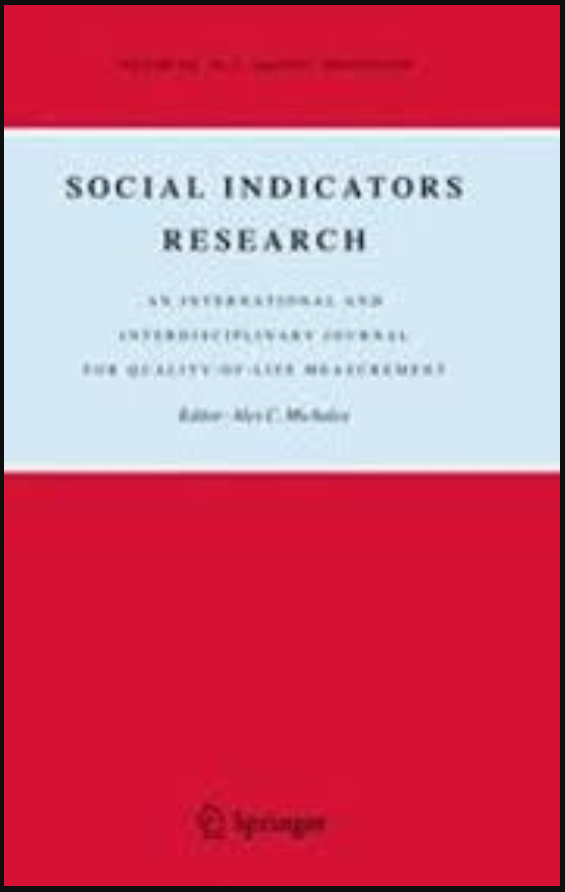MENUMENU

Research > Scientific Contributions
Pavone P., Pagliacci F., Russo M., Righi S., Giorgi A.
This paper applies multidimensional clustering of EU-28 regions with regard to their specialisation strategies and socioeconomic characteristics. It builds on an original dataset. Several academic studies discuss the relevant issues to be addressed by innovation and regional development policies, but so far no systematic analysis has linked the different aspects of EU regions research and innovation strategies (RIS3) and their socio-economic characteristics. This paper intends to fill this gap, with the aim to provide clues for more effective regional and innovation policies. In the data set analysed in this paper, the socioeconomic and demographic classification associates each region to one categorical variable (with 19 categories), while the classification of the RIS3 priorities clustering was performed separately on “descriptions” (21 Boolean categories) and “codes” (11 Boolean Categories) of regions’ RIS3. The cluster analysis, implemented on the results of the correspondence analysis on the three sets of categories, returns 9 groups of regions that are similar in terms of priorities and socioeconomic characteristics. Each group has different characteristics that revolve mainly around the concepts of selectivity (group’s ability to represent a category) and homogeneity (similarity in the group with respect to one category) with respect to the different classifications on which the analysis is based. Policy implications showed in this paper are discussed as a contribution to the current debate on post-2020 European Cohesion Policy, which aims at orienting public policies toward the reduction of regional disparities and to the enhance complementarities and synergies within macro-regions.
